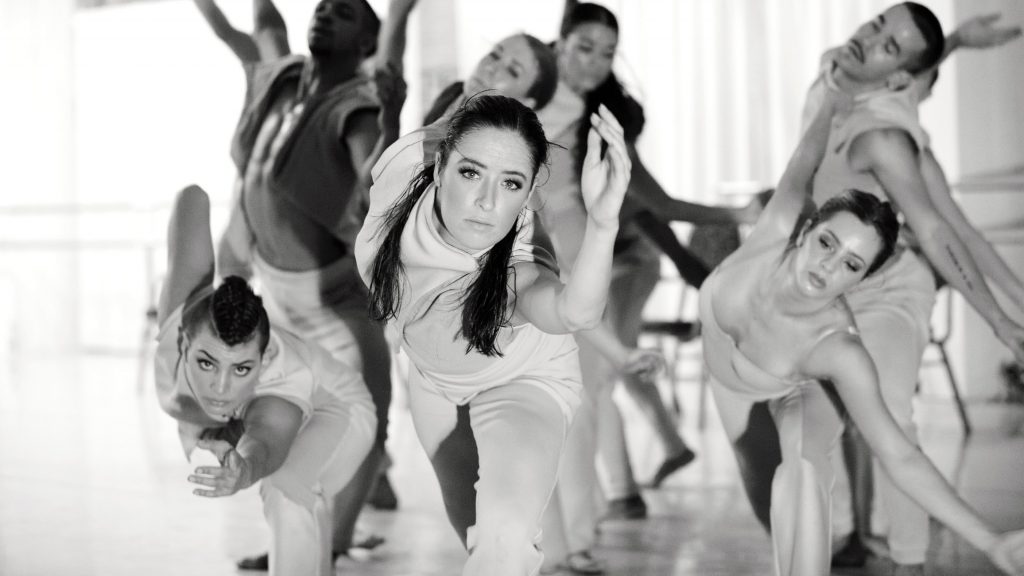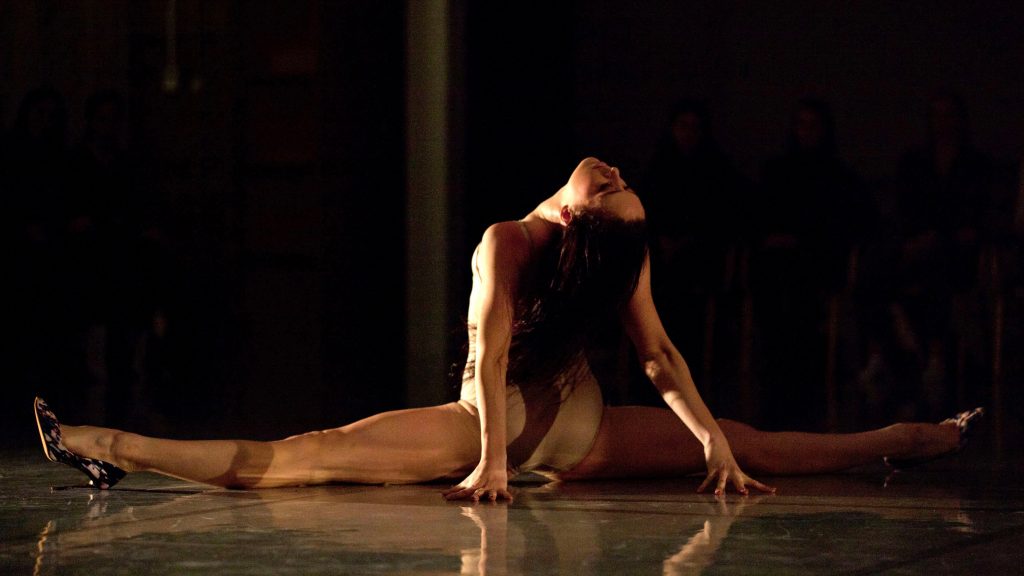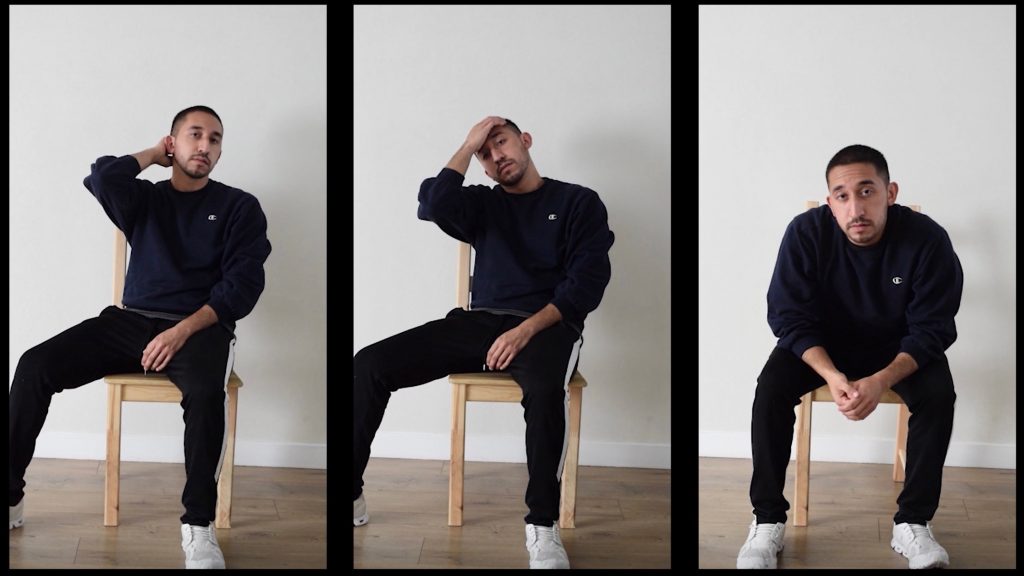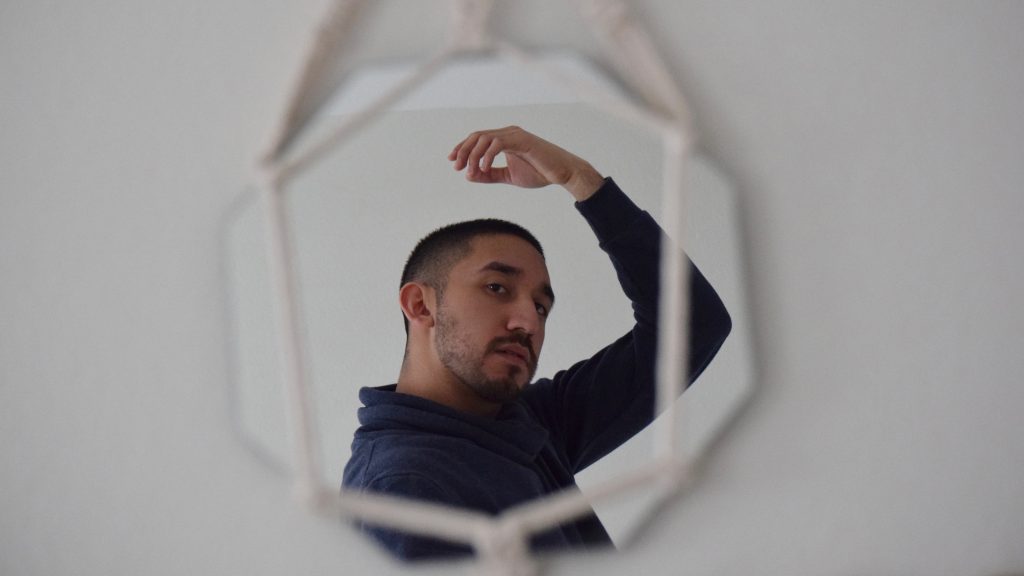Dance minor alumni draw on their training post graduation
April 27, 2021

Denae Luce graduated from USC in 2017 with a minor in dance | Photo by Juliana Ucar
The USC Glorya Kaufman School of Dance welcomes a variety of USC students to join the community as dance minors. These students blend their dance training with their chosen majors to create their own path of interdisciplinary studies. Read on to discover how two alumni of the program draw from their dance minor in their postgraduate lives.
Denae Luce
Denae Luce graduated from USC in 2017 where she majored in business administration and double minored in communication design and dance. Through this diverse coursework, she combined her studies at the USC Marshall School of Business, the USC Roski School of Art and Design and USC Kaufman to delve into all of her academic interests. Luce explained that she had always known she wanted to pursue dance professionally, so she decided to take advantage of the academic opportunities at USC before pivoting to the arts.
“I wanted to cover every passion I had because I knew right out of college, it would be straight to the professional dance world for me,” Luce said. “I knew I wanted to work in other places after a career in dance and potentially mix things together. The dance major didn’t exist until two years after I started at USC. I had the opportunity to audition, but I decided I wanted to graduate on time so I did the dance minor instead.”
Overlapping academics
While Luce’s academic choices may seem dissimilar from each other, she was able to identify some overlap in her studies. She described that her work in business and dance played off of each other to create a helpful mindset for her eventual career in dance. Luce credits her business classes with helping her understand how to market herself as a dancer.
“As a dancer, you are your own business, and you market yourself as that business,” Luce said. “I wrote a paper at USC Kaufman about how so many principles we learn in business and marketing can actually be applied to help dancers. It’s all about how you present your brand and your look to other people and negotiate with them.”
Life in commercial dance
Now in the professional dance world, Luce has been a part of Dana Foglia Dance since 2019. The company sits in the commercial dance field and Foglia has experience touring with Rihanna and choreographing for Beyonce. Luce explained that she dreamed to be a member of this company. Now, she has performed many shows with them across the United States and the world. While she works with the company part time, Luce takes on other projects in the commercial dance world as well.
“Through the company, we perform Dana’s work and repertory. I’m one of the newer dancers in the company, and I work with such talented and experienced dancers in the industry,” Luce said. “I have had other jobs on the side too, like a commercial for The Greatest Showman as well as commercials for some products and music videos. I still have many dreams I want to achieve, but I have exciting things happening in the near future too.”
Steven Vargas
Steven Vargas graduated from USC in 2020 with a double major in journalism and theatre and a minor in dance. Vargas combined his studies from the USC Annenberg School for Communication and Journalism, the USC School of Dramatic Arts and USC Kaufman to explore the intersections of his passions through storytelling and communication. Vargas explained that he has had a lifelong interest in dance, but growing up in Fort Worth, Texas, with conservative Southern culture did not offer much visibility for men in dance.
“In high school, I started to teach myself dance off of videos online,” Vargas said. “Then, I came to USC as an architecture major, but after the first day I knew it wasn’t for me. I switched the next day to theatre, which offered my first step forward into dance. Over time, I started to feel more confident dancing. I eventually added on the minor because it was what I truly wanted to do.”
Varied methods of storytelling
Through his studies in journalism and theatre, Vargas learned about storytelling through writing and acting. He saw choreography as a natural addition to these disciplines, which helped him better understand its uses for artistic communication.
“Choreography specifically interested me because it can be used as a tool for storytelling in many different ways,” Vargas said. “Dance helped me sharpen my understanding of the story arc, specifically with journalism and narrative writing. Also, Professor Saleemah E. Knight’s class Dancing for the Screen really helped me with my creative production skills for journalism.”
Seeing dance through journalism
After graduating, Vargas is now working toward his Master of Arts in Specialized Journalism (The Arts) at USC Annenberg. He decided to pursue the master’s degree to build off of the hard news focus of the undergraduate degree. Now, he seeks to hone his skills for reporting on dance and the arts.
Through his work at USC, Vargas has reported on many social advocacy causes. His thesis for the program draws from this as well as his work with USC Arts in Action, a grant program that advocates for positive social change through arts projects between community partners, students and faculty. Vargas explained that his thesis hinges on dance and advocacy, which he divides into three sections: dance as action, dance as healing and dance as joy.
“For my thesis, I’m focusing on dance as a tool to create action as a collective first,” Vargas said. “From there, I go smaller and talk about dance as healing and how we can use it to heal. That section focuses on breaking away from past trauma because a lot of our movement is based on previous experiences. Then from there, I go even smaller to dance as joy and how we can find that internalized joy from dancing and getting more in tune with our bodies.”
The USC experience
While both Luce and Vargas majored in other professional schools, they still became a part of the USC Kaufman community through their dance minors. They saw the variety and rigor of the academic offerings at USC as an asset for interdisciplinary study that drew from their chosen majors as well as dance and the arts.
“I applied to other schools to double major in business and dance,” Luce said. “Even though USC didn’t have the dance major when I applied, I chose the school because I knew I could still get this great academic foundation and also be a part of USC Kaufman through the dance minor.”
By Brigid Murphy


